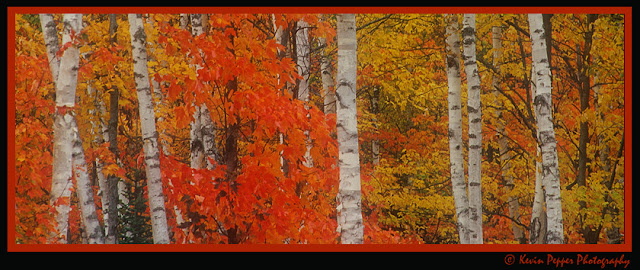KPep Photography
... Photography is a journey where you learn to capture the world one frame at a time.
|
N1S 3A9
|
Press Release
Contact: Kevin Pepper
Phone: 226.989.8848
|
FOR IMMEDIATE RELEASE
1 PM EDT, October 31, 2012
|
Local Photographer Secures International Partnerships
The Photographer’s Lounge of Waterloo Region has secured International partnerships with global tour operators that will now benefit Canadian photographers. As a result of these new partnerships, Canadian photographers will have the opportunity to travel to “bucket list” locations at reduced cost to desirable global destinations. As the economy still struggles to rebound Kevin was quoted saying, “People are still watching their pennies but have a stronger need to decompress and focus on their hobbies. These new partnerships have allowed me to negotiate prices that photographers, and other travellers, the opportunity to travel and keep an eye on their pocket book.”
He further says, “These partnerships are not just about saving pennies either. They are about consumer protection. By securing these partnerships I have ensured that all my trips and workshops are TICO compliant. My clients will now have the piece of mind to know that their trips are insured and they are protected. Many other photographers in Ontario Ontario
A full list of exotic locations and trips can be seen online at the Photographers Lounge website. Destinations such as the Serengeti, Namibia , Venezuela , Provence , Paris , Iceland , and Mongolia
In addition to reduced cost for travel, the Photographer’s Lounge has also partnered with some of the premier Professional Photographers in North America to co-lead these Photography Workshops. Rick Sammon, Denise Ippolito, Jim Zuckerman and Tim Vollmer have all agreed to run trips for the Photographers Lounge over the next two years. More photographers are being added all the time. As Kevin believes, these photographers also believe that quality instruction and an economical investment is what photographers deserve.
For a full list of photo tours please visit http://www.photographers-lounge.com/photo-tours
For a full list of workshops please visit http://www.photographers-lounge.com/workshops
KPep Photography is owned and operated by Kevin Pepper. Kevin is a professional photographer based in Cambridge , Ontario
At the Lounge we believe that each photographer is on their own personal journey, and as such, will learn at their own pace, and their own budget. For this reason structured programs are designed to meet photographer’s individual needs, at their speed. To achieve this, the Lounge has structured the following programs to help photographers achieve their personal goals:
A blog that offers photography tutorials on different photography techniques and also highlights our tours and information on the destinations we are hired to travel to. See the Photographer's Lounge blog here.
Travel tours are scheduled locally, domestically and internationally at places familiar to us. All tours are designed by the tours companies that employ us with the photographer in mind. You will accompany other photographers on tours with a minimum of one professional photographer and a local English speaking tour guide. The tour companies that hire us are only accredited tour operators to ensure your piece of mind and safety while you are travelling.
Photography workshops are available for amateur photographers in a one-on-one basis, but also in group environments. These workshops cover composition, social media, techniques and camera operation. To see these workshops please visit our workshop area of our website.
Group workshops are also available. These are designed to cover a topic in totality in one session. Each workshop will have both an in-class and hands on learning component. These workshops are created so that you have as much face time with a professional photographer in order to maximize your learning.
Once a year we bring in the “Top” photographers from around the world to run seminars. These photographers are chosen because they are teachers in addition to photographers. Their philosophy mirrors ours, “Photography knowledge is to be shared”
We also co-host a bi-weekly podcast. This podcast was created to inform local photographers in Ontario














